#Elisabeth Franziska of Austria
Text


Archduchess Marie Valerie's journal entry on the death of her mother Empress Elisabeth of Austria, in 1898 (written on 21 September):
10 September. In the evening at 7.30 o'clock I returned with Maria from a tour of our poor… souper… then went with the three grown-ups to the chapel for evening prayer. Maria came with me, I did not pay much attention to her, did not notice her disturbed expression. I was no more devout than usual… Coming out into the corridor, while the children ran into their room, Maria asked me to come into my writing room, she had something to tell me. I was still thinking only of a small house cross, but when I looked at her, my heart stood still.
“The Archduke?” “No — Her Majesty.”
I don't know whether I asked further questions or whether I immediately said the word “dead”? whether she told me right there in the corridor or already in the room: “Murdered by an Italian anarchist — in the hotel in Geneva.” I don't know. My hand still trembles when I think back to that hour…
Remorse for having returned her great love so badly, and above all… more and more the unspeakable pity for him, the poor, old, sorrowful and grief-stricken father, and the probably also futile question of whether it was not too much for a poor human heart? We were on our knees, Maria and I — in the room and in the chapel. Then I sent a telegram to Franz [Archduke of Austria, Valerie's husband]. And to Papa [Emperor Franz Josef I], “I'll come to you tomorrow morning at half past six.” He himself had telegraphed to Maria that she should “teach me in a good way”.
I went in to see the children. Ella [Elisabeth, Valerie's eldest child] was not quite in bed yet … When I kissed and shook her, hardly knowing what I was doing, telling her softly: “She knows, that dear Grandmama has died,” she began to cry softly, as if she understood. God bless the good child! The boys were already in bed. Hedwig [Valerie's second daughter] was already asleep.
From one room to the other and with Maria out into the quiet starry night. — I lay down too, but sleep was out of the question. At half past one we drove away, Maria and I … arrived in Penzing at half past six in the morning. How the morning dawned over the Vienna Woods, which she loved so much, and how unspeakable fear shook me before seeing Papa again, those are hours that one is amazed to have survived.
Papa stood at the foot of the big staircase at Schönbrunn and we fell into each other's arms. That was the first time he was able to cry, he told me later. But he was still stunned then, and soon afterwards he was calm again, as he had been after Rudolf's death. We went to Sunday mass together, and then I was allowed to spend that first day with him almost without interruption, sitting next to his desk while he worked as usual, reading with him the more detailed news coming from Geneva, helping him to receive the condolence visits of the family members… Prime Minister Thun, who cried like a child — a good feeling that Papa has such servants around him. The unfortunate person who had to bring Papa the first message from Vienna to Schönbrunn was Adjutant General Count Paar with the still undetermined telegram from Irma Sztáray [Empress Elisabeth's lady-in-waiting]; “Her Majesty the Empress seriously wounded”, which was very soon followed by the second: “Her Majesty the Empress just died at 2 o'clock in the Hotel Beaurivage.”
Papa seems to have immediately thought of an assassination, although he repeatedly said: “How can one assassinate a woman who has never harmed anyone?” Papa's intention to leave for Geneva immediately was thwarted by the second telegram.
(Translation by DeepL, keep in mind that in a machine translation a lot of nuances may/did got lost)
#i can't find who maria is - but probably someone from valerie's household#archduchess marie valerie of austria#empress elisabeth of austria#franz josef i of austria#elisabeth franziska of austria countess of waldburg-zeil-hohenems#on this day in history
124 notes
·
View notes
Text

Alma Hasun (Franziska "Fanny" Feifalik), Katharina Lorenz (Marie Festetics), Jeanne Werner (Ida Ferenczy) and Vicky Krieps (Empress Elisabeth) behind the scenes of Corsage (2022).
#corsage (2022)#corsage#costume drama#historical drama#period drama#Alma Hasun#Vicky Krieps#Jeanne Werner#Katharina Lorenz#elisabeth in bavaria#elisabeth of austria hungary#elisabeth of austria#Marie Festetics#Ida Ferenczy#franziska feifalik#behind the scenes
7 notes
·
View notes
Text
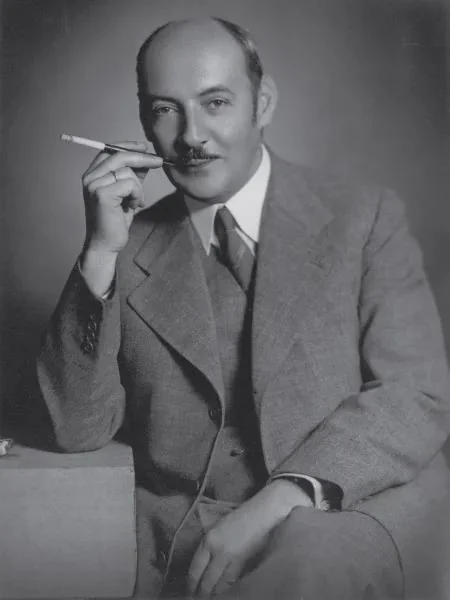
Albert Göring, hermano menor del infame Hermann Göring en 1940. Como director de exportaciones de Škoda Works, usaría su posición y la reputación de su hermano para salvar a cientos de judíos durante la Segunda Guerra Mundial, así como para evitar cuatro arrestos y una orden de muerte.
Albert Günther Göring (Friedenau, Berlín, Imperio alemán, 9 de marzo de 1895-Berlín, Alemania Occidental, 20 de diciembre de 1966) fue un empresario alemán, hermano de Hermann Göring y conocido por haber sido un acérrimo opositor a las prácticas del gobierno nazi.
Nació el 9 de marzo de 1895 en el suburbio berlinés de Friedenau. Fue el quinto hijo de un funcionario del Imperio Alemán que se desempeñó como Reichskommissar (puede traducirse como Comisario del Imperio) de África del Sudoeste Alemana (hoy Namibia) y como Cónsul General en Haití, Heinrich Ernst Göring y Franziska "Fanny" Tiefenbrunn. Su padre descendía de una familia judía de origen suizo convertida al cristianismo y su madre provenía de una familia rural de Baviera. Entre los parientes de Albert pueden encontrarse a Ferdinand von Zeppelin, a la familia Merck —fundadores de la empresa farmacéutica Merck KGaA—, a los historiadores Herman Grimm y Jacob Burckhardt y la escritora Gertrud von le Fort.
La familia de Albert vivía aristocráticamente gracias a la herencia que les dejó Ritter Hermann von Eppenstein, que incluía los castillos de Veldenstein y Mauterndorf.
Sus hermanos fueron Olga Theresa, Karl Ernst, Paula Elisabeth y, el mayor, Hermann Wilhelm, quien llegaría a ser el Comandante Supremo de la Luftwaffe y mano derecha de Adolf Hitler.
A diferencia de su hermano, Albert se vio influido por su padrino, von Eppenstein, quien era un hombre de mundo de modales aristocráticos. Gracias a su padrino, se rodeó de los círculos más selectos y fue miembro de hermandades y sociedades civiles y empresariales. Se dedicó a ser empresario, a la tertulia y a las artes. En 1932 comenzó con una serie de cortometrajes sobre la caída del Imperio Alemán y la biografía de Guillermo II de Alemania, pero ante el ascenso del nazismo tuvo que abandonar su iniciativa por ser considerada socialista.
A partir de la llegada al poder de Adolf Hitler, Albert Göring comenzó a participar en las campañas en contra del gobierno del partido nazi.
En 1933 formó parte de la protesta por el cierre de la Escuela de la Bauhaus.
El mismo año, se opuso a la limpieza forzada de banquetas por parte de un grupo de mujeres judías. Cuando el oficial de las SS a cargo lo detuvo, al reconocer su nombre, no queriendo ser el culpable de la humillación pública del hermano de Hermann Göring, lo dejó libre e hizo detener la limpieza.2Cuando Alemania se anexó Austria, una de las primeras empresas en expropiarse fue la Tobis-Sascha-Filmindustrie, la compañía cinematográfica más grande del país, de la que Oskar Pilzer era el presidente. Éste fue detenido en enero y entregado a la Gestapo por su ascendencia judía y, como había sido jefe, maestro y amigo de Albert durante su corta carrera como cineasta, él lo ayudó en marzo a escapar consiguiéndole una identificación falsa.
Las actividades de Albert iban demasiado lejos y no eran toleradas por el partido nazi. Es así que Víctor Lutze, siguiendo órdenes explícitas de Hitler, lo encarceló durante dos meses en la prisión de Viena.
Cuando iba a ser enviado al campo de concentración de Mauthausen, su hermano Hermann intervino y, aprovechando su experiencia como empresario e industrial, lo ubicó como director de exportaciones de Skodovy Zádovy (división de ensamblaje de Škoda), en Checoslovaquia, con la intención de alejarlo del escenario político alemán.
Durante su estancia en Checoslovaquia sus actos se volvieron más radicales. Desde su llegada hizo todo lo que pudo para sabotear la maquinaria del Reich, fabricando vehículos defectuosos, retrasando o desviando pedidos, y entregándolos incompletos.
Existen anécdotas que cuentan que Albert llegó a falsificar la firma de su hermano en varias ocasiones para liberar prisioneros o conmutarles la pena de muerte; que enviaba camiones al campo de concentración de Theresienstadt demandando mano de obra forzada para después soltarlos; obtenía documentos oficiales para trabajadores judíos y así poder hacerlos pasar por checos; facilitaba especificaciones de los vehículos que fabricaba a la resistencia y demás actos contra el nazismo.
Este tipo de actos le valieron la persecución del partido nazi, que le negó las dietas a las que tenía derecho por ser familiar de un alto mando del partido.
En el otoño de 1943 firmó los pasaportes de una familia judía para que pudiera salir del país.
En otro momento convenció al jefe de las SS Reinhard Heydrich de liberar algunos prisioneros de la resistencia checa de los sótanos de la Gestapo.
Cuando en mayo de 1945 el Reich cayó definitivamente, Albert Göring fue detenido por los checoslovacos pero pronto fue puesto en libertad.
Tiempo más tarde fue llamado por las autoridades de la Ocupación Aliada en Alemania para ser juzgado en Núremberg. Acudió, primero, al Juicio de Oswald Pohl, en el que no se le condenó por falta de pruebas. También fue llamado al Juicio de IG Farben, donde aportó numerosos testimonios y una lista con 34 judíos a los que ayudó a escapar de la Gestapo, de las SS y de campos de concentración, y del que también fue absuelto.
A pesar de su ayuda, fue declarado culpable de haber obtenido una ganancia de 7.000 Reichsmarks en la fábrica Skoda con mano de obra esclavizada y condenado a dos años en la prisión estatal de Berlín, de donde salió en noviembre de 1947 encontrándose con que los bienes de la familia Göring habían sido embargados por el gobierno de Alemania Federal.
El encontrarse sin nada provocó un derrumbe en Albert, que se volcó al descuido y la bebida, sin llegar a conseguir un trabajo importante dentro de la Alemania Occidental. Trabajó como escritor, dibujante o traductor, pero siempre esporádicamente y muy mal pagado.
A pesar de los consejos de su amigo Ernst Kassler, Albert nunca accedió a cambiarse el nombre argumentando que aun sin su apellido, los Göring eran bien reconocidos en Alemania, Austria y Suiza, sin tener que presentarse.
En 1952, el gobierno alemán le concedió una pensión de 82 marcos alemanes mensuales ―equivalentes a unos 95 dólares actuales― por edad avanzada y desempleo. Desde entonces, y hasta su muerte, Albert vivió en un viejo apartamento en el centro de Berlín, con una casera con la que contrajo matrimonio pocos días antes de su muerte para que ella pudiera disponer de la pensión que el gobierno le otorgaba.
Albert Göring falleció el 20 de diciembre de 1966. Sus restos se encuentran en un cementerio en las afueras de Múnich
6 notes
·
View notes
Text
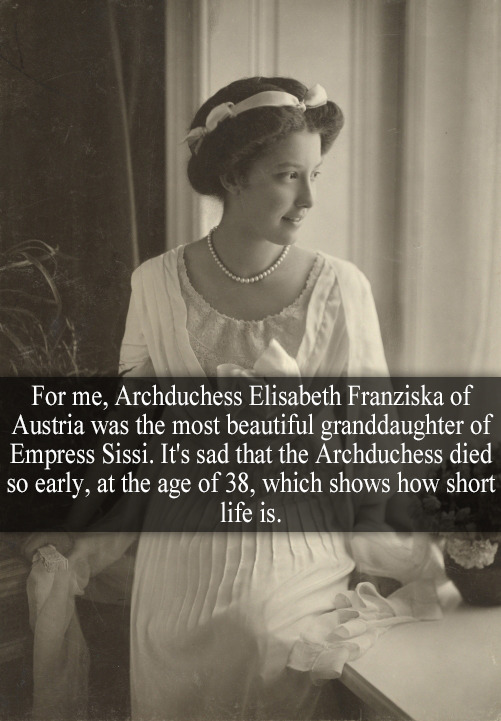
“For me, Archduchess Elisabeth Franziska of Austria was the most beautiful granddaughter of Empress Sissi. It's sad that the Archduchess died so early, at the age of 38, which shows how short life is.” - Text & Image Submitted by cenacevedo15
19 notes
·
View notes
Text
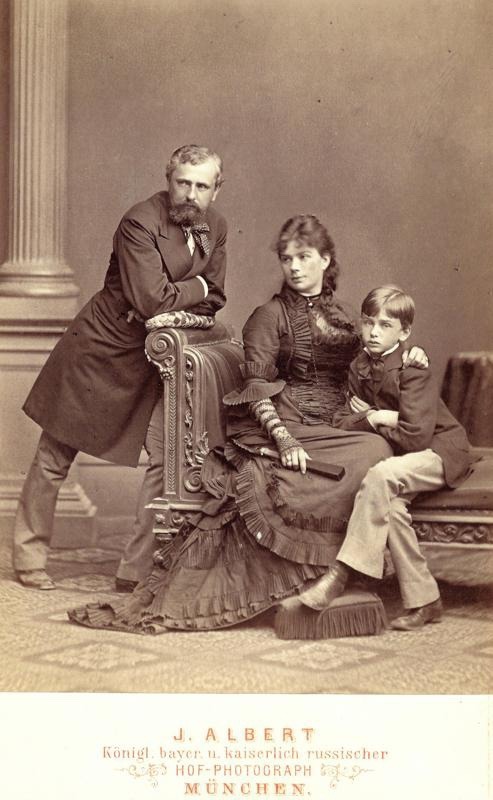
Franziska (Fanny) Angerer Feifalik, hairdresser to Empress Elisabeth (Sisi) of Austria, pictured with her family, late 1870s
1 note
·
View note
Text
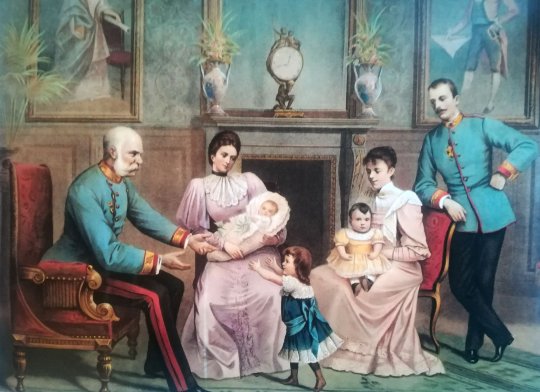
Marie Valerie of Austria with her parents, husband, and three eldest children. Elisabeth is walking towards her grandfather, Franz is in his mother's lap, and newborn Hubert is held by his grandmother, Sisi.
#marie valerie of austria#franz joseph i#elisabeth of bavaria#Elisabeth Franziska of Austria#Archduke Franz Salvator#Archduke Franz Karl Salvator#Archduke Hubert Salvator
28 notes
·
View notes
Photo
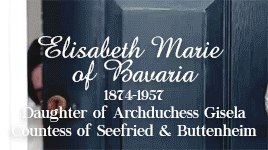

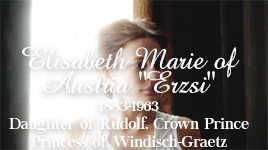


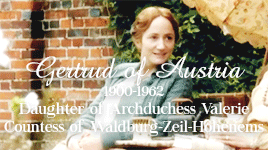
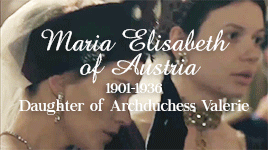
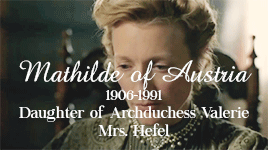
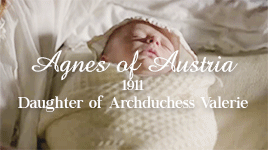
the granddaughters of franz josef i and elisabeth of austria
#historyedit#history#weloveperiodrama#perioddramaedit#elisabeth of austria#marie valerie of austria#gisela of austria#19th Century#20th Century#austrian history#german history#elisabeth of bavaria#auguste of bavaria#our gifs#by julia#elisabeth marie of austria#elisabeth franziska of austria#hedwig of austria#gertrud of austria#mathilde of austria#maria elisabeth of austria
133 notes
·
View notes
Photo
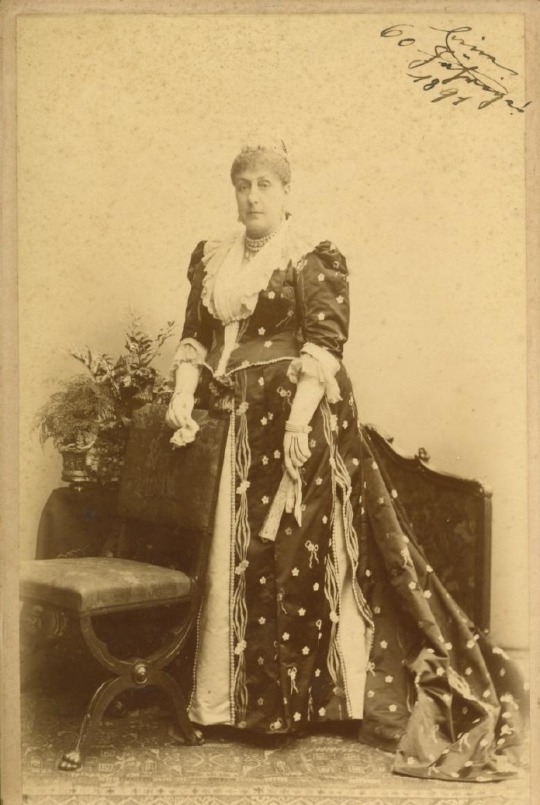
Archduchess Elisabeth Franziska Maria of Austria (17 January 1831 – 14 February 1903) was born in Ofen (Buda), Hungary, the daughter of Palatine Joseph of Hungary (1776–1847) and his third wife Maria Dorothea of Württemberg (1797–1855).
#Elisabeth Franziska of Austria#House Habsburg-Lorraine#XIX century#XX century#people#portrait#photo#photography
26 notes
·
View notes
Photo

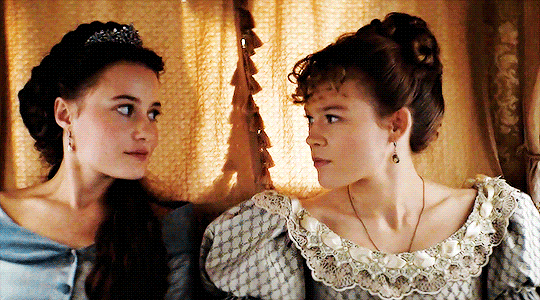
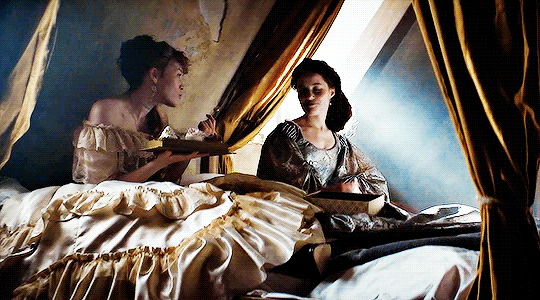
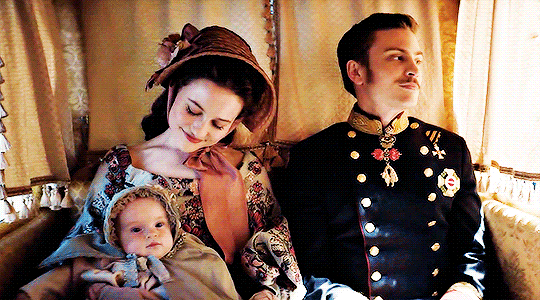

𝐅𝐄𝐌𝐀𝐋𝐄 𝐀𝐖𝐄𝐒𝐎𝐌𝐄 𝐌𝐄𝐌𝐄: 9/20 female dynamics ~ Elisabeth of Austria and Franziska “Fanny” Feifalik (Sissi 2021)
You’re coming to court with me as my lady-in-waiting.
#perioddramaedit#sissiedit#sissi (2021)#sisi (2021)#elisabeth of austria#she's just called fanny in the show but apparently she's supposed to be franziska feifalik#*mio#femawesome#we'll still pretend nothing happened in the last episode#is this gifset like the one i posted last week? yes#did i still make it? also yes
217 notes
·
View notes
Text
Archduchess Elisabeth Franziska of Austria with her spanish grandchildren, Alfonso XIII, Mercedes Princess of Asturias and Infanta Maria Teresa, 1896.

Another photo session from the same day, Archduchess Elisabeth Franziska surrounded by her youngest son Archduke Eugen of Austria and her daughter Queen Maria Christina of Spain and her children too.
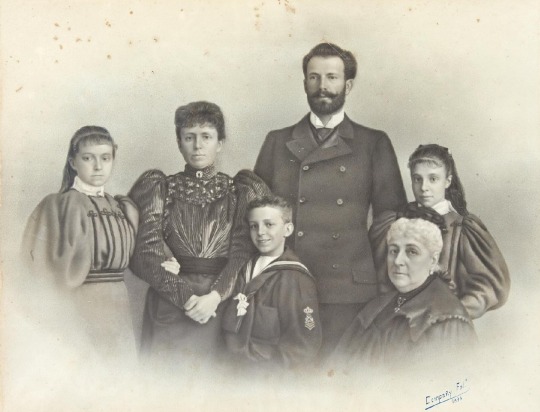
#dowager queen maria christina of spain#queen maria christina of spain#archduke eugen of austria#king alfonso xiii of spain#princess mercedes of asturias#infanta maria teresa of spain#spanish royal family#spanish royalty#spanish royal#habsburg#1890s#mids 1890s#infanta maria de las mercedes of spain#archduchess elisabeth franziska of austria#1896
24 notes
·
View notes
Photo
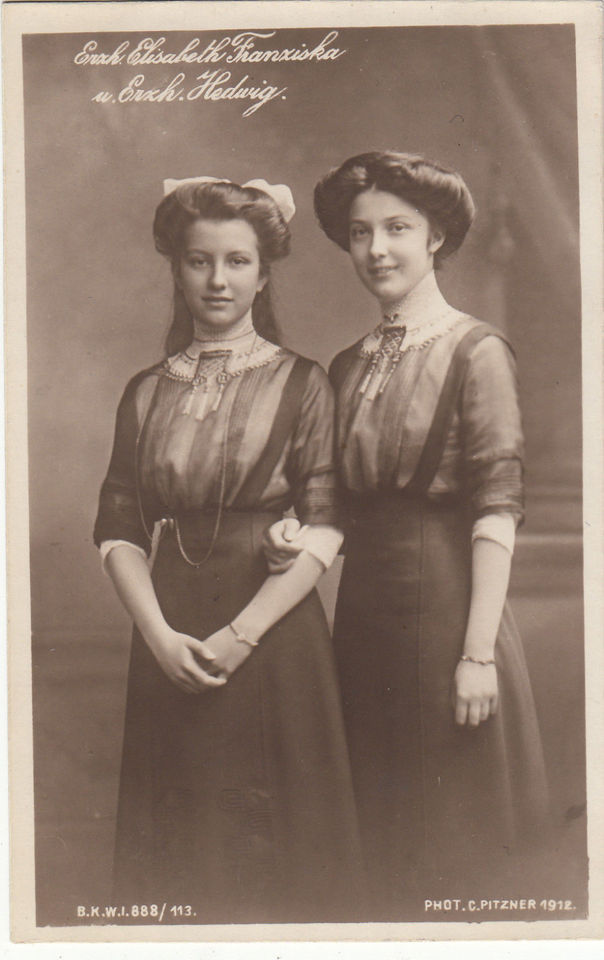
Archduchesses Hedwig and Elisabeth Franziska of Austria-Tuscany.
22 notes
·
View notes
Photo
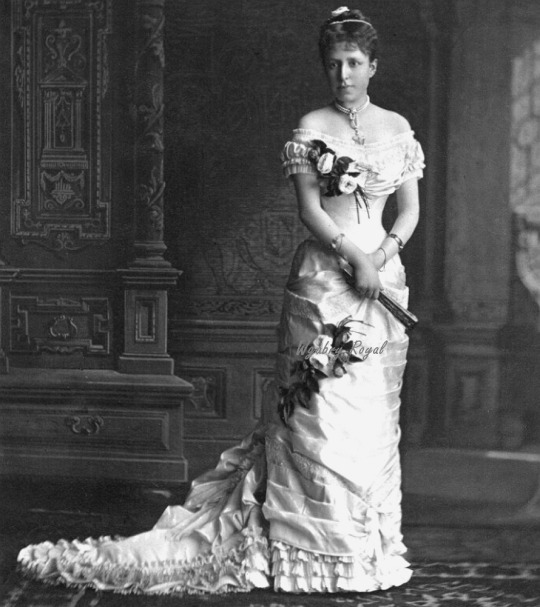
Archduchess Maria Christina, daughter of Archduke Karl Ferdinand of Austria and his wife, Archduchess Elisabeth Franziska of Austria, was the second queen consort of Alfonso XII of Spain.
35 notes
·
View notes
Text

Elisabeth Franziska , Archduchess of Austria
2 notes
·
View notes
Photo
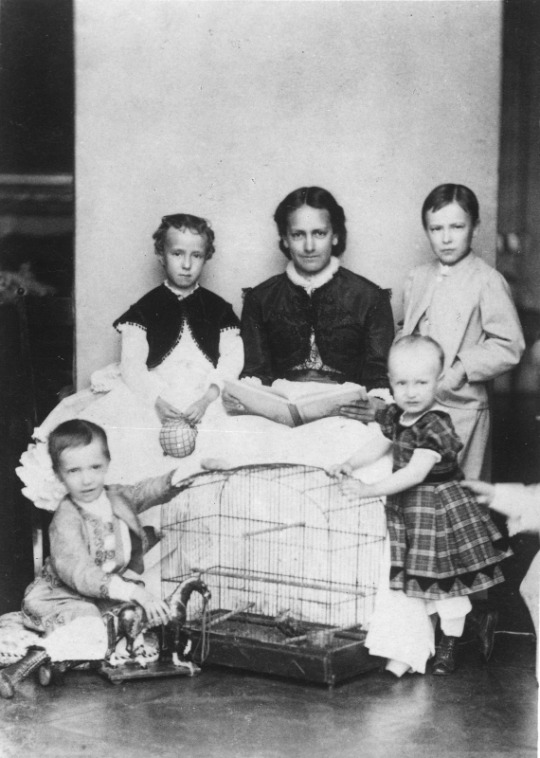
A photo of the five children of Archduchess Elisabeth Franziska Maria of Austria to survive infancy.
In the middle is her eldest daughter, Maria Theresa of Austria-Este, who was her only child with her first husband (who was also her second cousin) Archduke Ferdinand Karl Viktor.
Her second husband was her first cousin, Archduke Karl Ferdinand, and they had six children. Their eldest child, Archduke Franz Ferdinand, and youngest, Archduchess Maria Eleonore, died in infancy.
On the left of Theresa is their eldest surviving son, Archduke Friedrich. On her right is their daughter, Maria Christina. Sitting on the ground are their other two sons, Archduke Charles Stephen and Archduke Eugen.
#Elisabeth Franziska of austria#Archduke Friedrich#maria theresa of austria-este#Maria Christina of Austria#Archduke Charles Stephen#Archduke Eugen#long live the queue
11 notes
·
View notes
Text
King Pedro V’s 5th sibling: Infanta Maria Ana de Portugal

Born: 21st August 1843 Necessidades Palace, Lisbon, Portugal
Died: 5th February 1884 (aged 40) Dresden, Saxony
Infanta Maria Ana of Portugal (Maria Ana Fernanda Leopoldina Micaela Rafaela Gabriela Carlota Antónia Júlia Vitória Praxedes Francisca de Assis Gonzaga) (21st August 1843 – 5th February 1884) was a Portuguese infanta (princess), the eldest surviving daughter of Queen Maria II of Portugal and her King consort Fernando II of Portugal, a member of the House of Bragança.
After her mother's death in 1853, when Maria Ana was just ten years old, she became the leading lady of the court, until her older brother, King Pedro V of Portugal, married Princess Stephanie of Hohenzollern-Sigmaringen,

in 1858. Although in the early stages of their acquaintance the two sisters-in-law had a good relationship, in a letter written in 1859 to Prince Albert of Saxe-Coburg and Gotha,

when Stephanie was already dead, King Pedro mentions that his sister made unflattering comments regarding his wife "because of her feminine vanity caused by a lower status (...)"
The relationship between the sisters-in-law seems to have had its ups and downs since Stephanie's arrival in May 1858 and Maria Ana's wedding in May 1859. The Queen wrote about her sister-in-law: "She is, in every respect, the one who is more like Pedro (...)", "She is a charming person, good, generous, remarkably sensible for her age, with no trace of selfishness, respected and loved by all of us (...) George of Saxony has discovered a true gem. She is happy and loves him, but she cannot talk about the moment in which she will leave her family without crying. What is certain is that she will leave a terrible emptiness behind". Maria Ana's brother, Pedro, also claims during this time that his sister is "the pearl of our family circle", in a letter to Prince Albert.
She married in Lisbon at the Belém Palace on 11th May 1859 Prince George of Saxony (1832–1904),

second son of King John I of Saxony,

a kinsman from the Catholic Albertine branch of her father's Wettin dynasty. Queen Stephanie tried to organize a brilliant ceremony, but, in the end, the wedding was quiet and went unnoticed in both Portugal and Saxony. The newly-weds spent their first days as a married couple at Belém Palace. During their short stay in Portugal after the ceremony, Prince George left a poor impression with the Portuguese Royal Family, as he "barely talked to the bride" and did not attend a theater performance to which he had been invited. During that same performance, 15-year-old Maria Ana was seen crying. The couple left to Saxony on May 14th. Maria Ana was not allowed to take Portuguese ladies-in-waiting with her and was only accompanied by her brother Luís
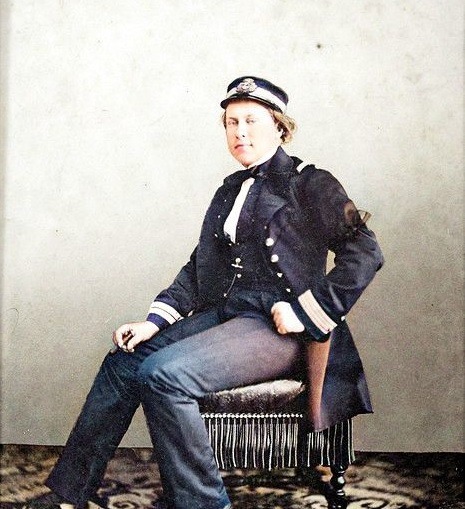
in the journey. Pedro V wrote the following regarding the wedding: "the wedding of my sister to Prince George of Saxony was celebrated with more pomp than happiness. The former is followed by a regretful fate, as he left no sympathies and people who met him often left with a poor impression."
The marriage was not a happy one, according to Historian Eduardo Nobre who claims that the Prince "did not live up to the expectations and qualities of the Portuguese Infanta". Despite their issues, they had eight children.
Although she renounced her claims to the Portuguese throne when she married, Maria Ana could still become Queen if the male line became extinct. This situation nearly happened in 1861, when King Pedro V and two of her other brothers died from Typhoid Fever and left no children. However, this hypothesis was completely put aside when her brother, King Luís I, married Princess Maria Pia of Savoy
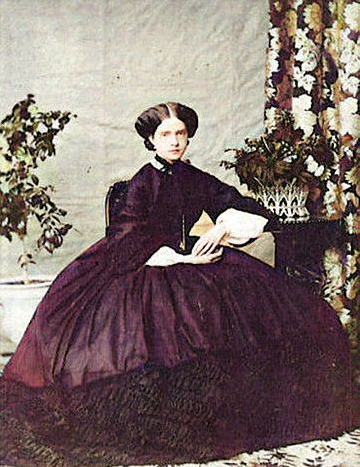
and had two sons, the future King Carlos I

and Infante Afonso.
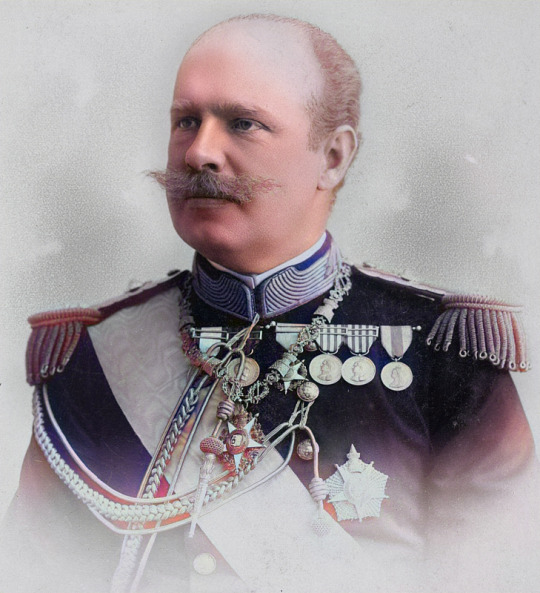
Despite everything, it's not likely that Maria Ana ever gave this hypothesis great importance because of her troubled marriage and many children.
Around 1883, her youngest son, Prince Albert of Saxony,

became seriously ill. Maria Ana took care of him for several months until he recovered. This effort would be fatal, as the Infanta died from exhaustion, on 5th February 1884, before her husband became King. Her husband would remain unmarried for the rest of his life.
In Portugal, her second brother Luís I soon succeeded her eldest brother Peter V as king.
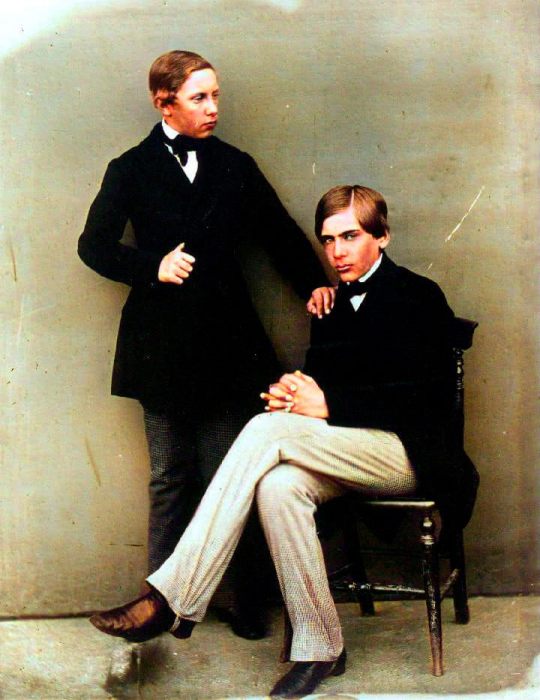
Her husband's elder brother Albert

succeeded her father-in-law as King of Saxony and gradually it became clear that he and his wife Carola of Vasa

were not able to have children of their own. Maria Ana's eldest son would almost certain to one day succeed to the throne.
Marie Johanna Amalie Ferdinande Antonie Luise Juliane, (19th June 1860 - 2nd March 1861), died in childhood, no issue
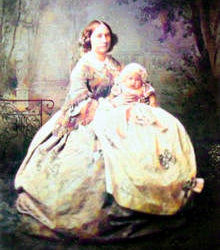
Elisabeth Albertine Karoline Sidonie Ferdinande Leopoldine Antonie Auguste Clementine (14th February 1862 - 18th May 1863) died in childhood, no issue
Mathilde Marie Auguste Viktorie Leopoldine Karoline Luise Franziska Josepha (19th March 1863 - 27th March 1933) died unmarried, no issue
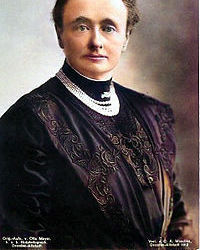
Frederick Augustus Johann Ludwig Karl Gustav Gregor Philipp (25th May 1865 - 18th February 1932)

married Princess Louise of Tuscany (1870–1947),
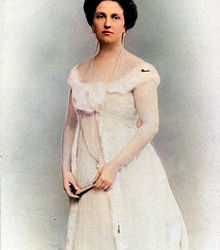
later divorced, had issue
Maria Josepha Luise Philippine Elisabeth Pia Angelica Margarethe (31st May 1867 - 28th May 1944)

married to her cousin second degrees Archduke Otto Franz of Austria (1865–1906),
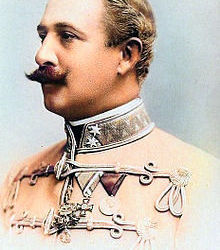
had issue
Johann Georg Pius Karl Leopold Maria Januarius Anacletus (10th July 1869 - 24th November 1938) married first Duchess Maria Isabella of Württemberg (1871–1904) and second Princess Maria Immaculata of Bourbon-Two Sicilies (1874–1906)

Maximilian Wilhelm August Albert Karl Gregor Odo (17th November 1870 - 12th January 1951) ordained as a priest, died unmarried, no issue
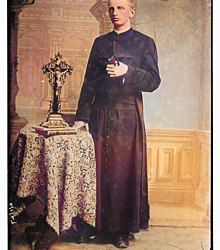
Albert Karl Anton Ludwig Wilhelm Viktor (25th February 1875 - 16 September 1900) died unmarried, no issue.

Princess Maria Ana predeceased her father Fernando, her husband George, and her brother-in-law King Albert of Saxony. In 1902 George succeeded his childless brother as king, and on his death in 1904 Maria Ana's eldest son became King of Saxony as Frederick Augustus III.
#infanta maria ana de bragança#house of bragança#queen maria ii of portugal#king consort fernando ii#king pedro v of portugal
11 notes
·
View notes
Photo

Archduchess Elisabeth Franziska Maria of Austria (17 January 1831 – 14 February 1903) was born in Ofen (Buda), Hungary, the daughter of Palatine Joseph of Hungary (1776–1847) and his third wife Maria Dorothea of Württemberg (1797–1855).
#Elisabeth Franziska of Austria#House Habsburg-Lorraine#XIX century#people#portrait#photo#photography#Black and White
2 notes
·
View notes